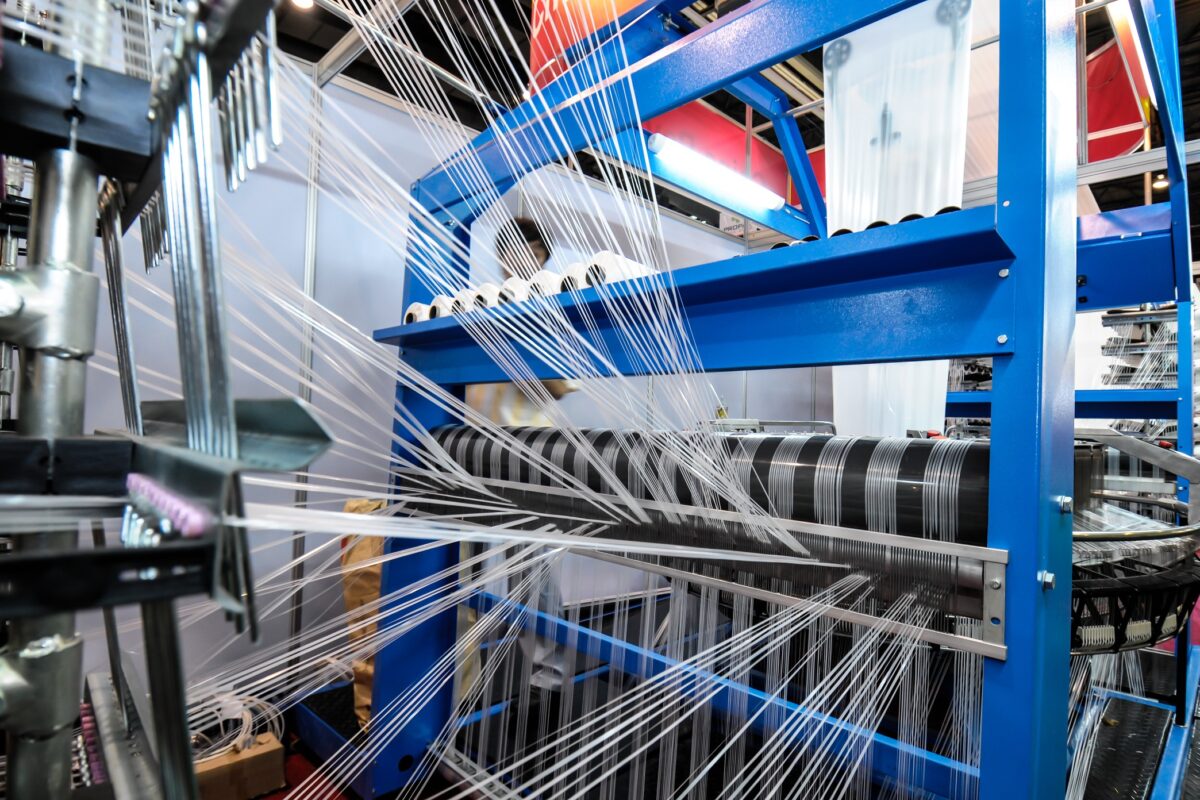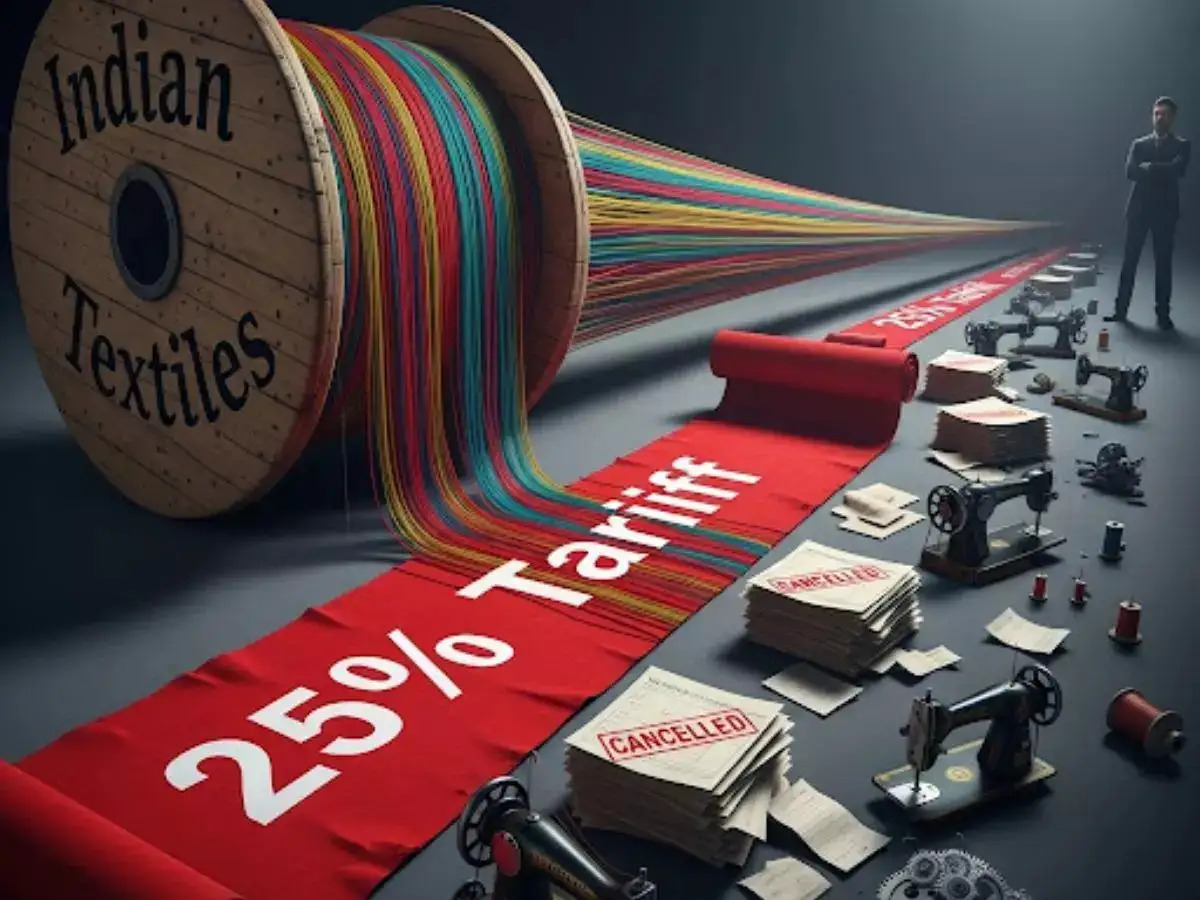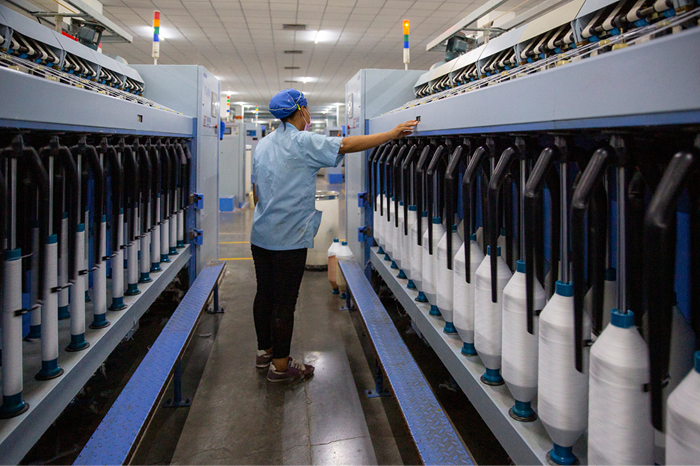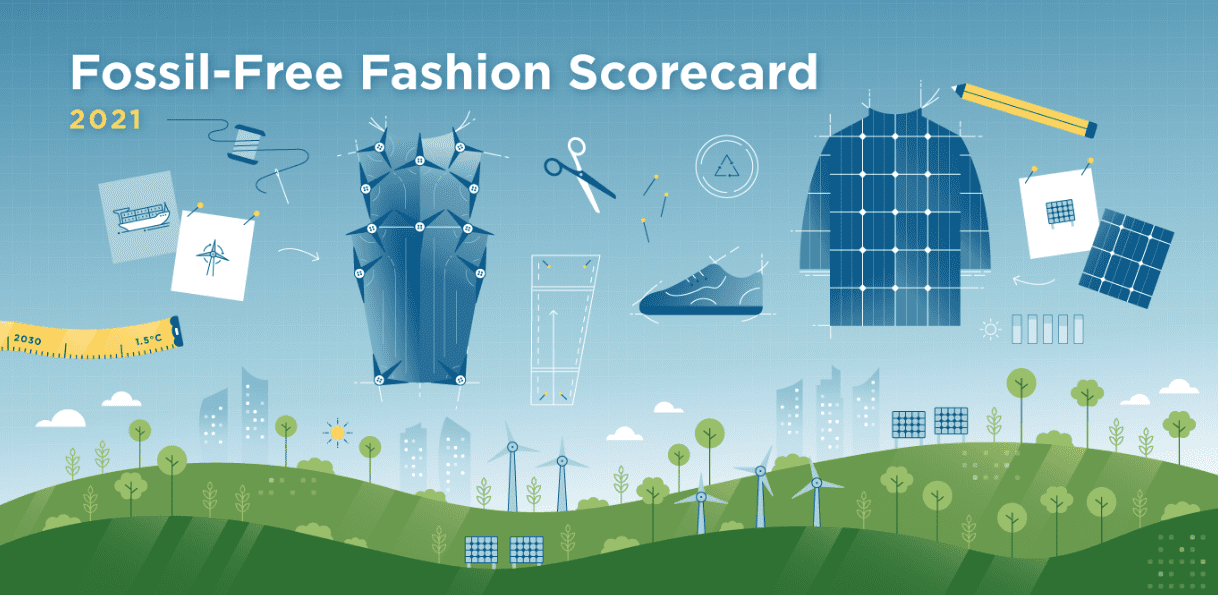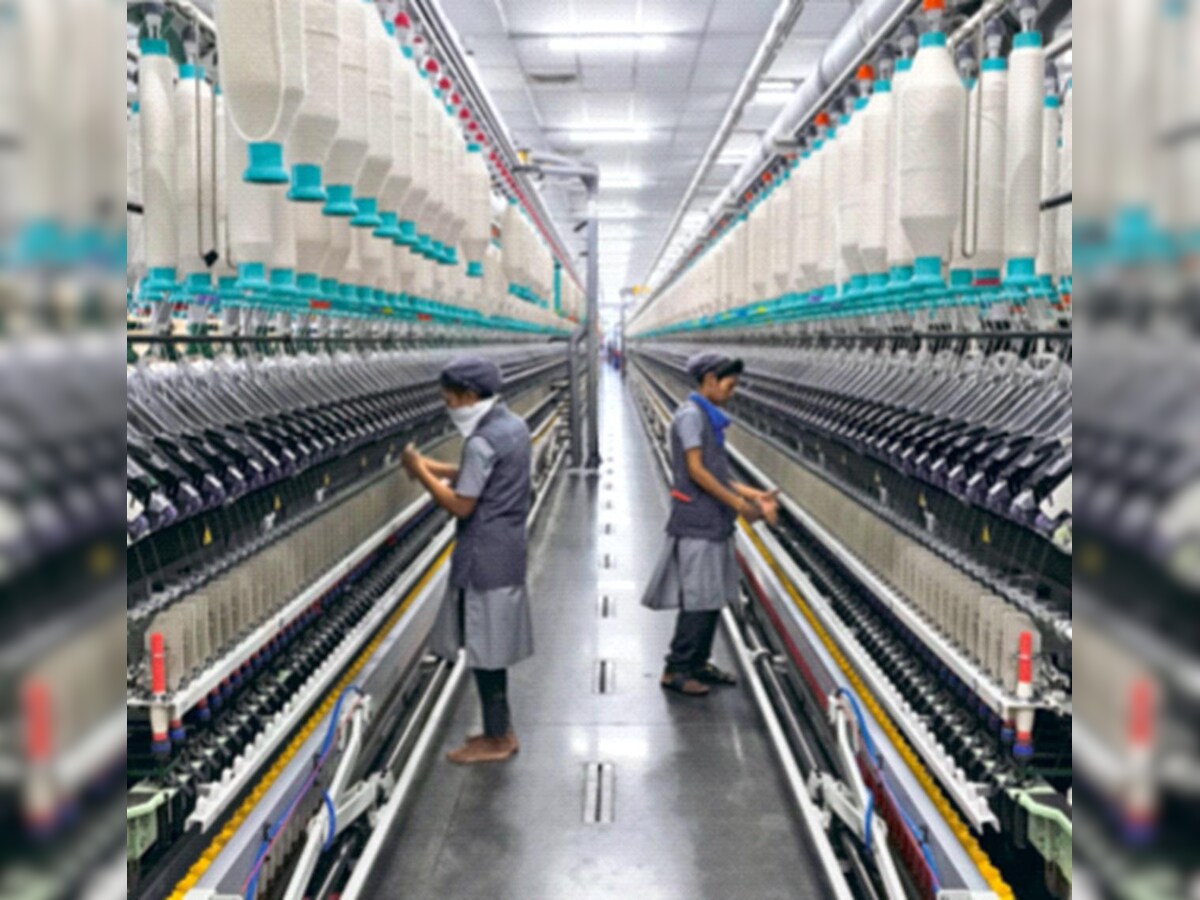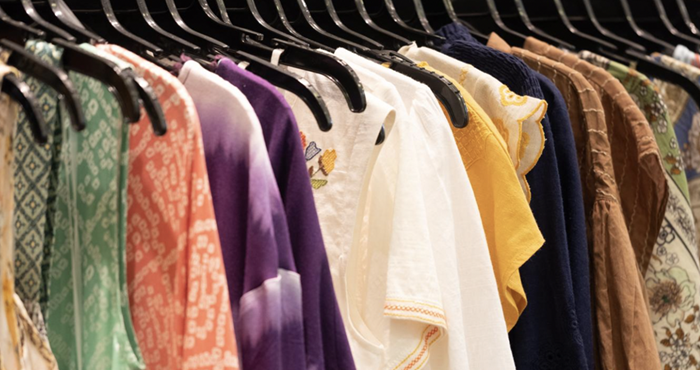"Textile industry in China maintained a moderate rise in the first quarter of 2016. Textile exports grew by 22.16 per cent reaching EUR 24.6 billion. Exports to the European Union and the United States declined to 9.7 per cent as the set quota limits reached the sum of EUR 7.3 billion, 47 percentage points lower than the growth rate of the same period last year. According to a EUSME Centre report, textile exports from Mainland China to Japan, Hong Kong, Republic of Korea and the Association of Southeast Asian Nations (ASEAN), increased to 28.38 per cent."
 China’s textile and apparel exports, since the last 10 years, have been increasing at a CAGR of 5 per cent. The country’s exports in 2017 were valued at $266.97 billion, of which 59 per cent were from apparel and 41 per cent textiles. Textile and apparel imports during the period were $28 billion.
China’s textile and apparel exports, since the last 10 years, have been increasing at a CAGR of 5 per cent. The country’s exports in 2017 were valued at $266.97 billion, of which 59 per cent were from apparel and 41 per cent textiles. Textile and apparel imports during the period were $28 billion.
Exports to EU and US decline
Textile industry in China maintained a moderate rise in the first quarter of 2016. Textile exports grew by 22.16 per cent reaching EUR 24.6 billion. Exports to the European Union and the United States declined to 9.7 per cent as the set quota limits reached the sum of EUR 7.3 billion, 47 percentage points lower than the growth rate of the same period last year. According to a EUSME Centre report, textile exports from Mainland China to Japan, Hong Kong, Republic of Korea and the Association of Southeast Asian Nations (ASEAN), increased to 28.38 per cent.
The major export destinations for China’s textile trade, USA and Japan, have a share of 16 per cent and 8 per cent with trade value of $42.5 billion and $19.7 billion respectively in 2017. China has a strong finishing and apparel manufacturing infrastructure alongwith a strong presence in retailing. It also has a strong base for man-made filaments and staple yarns. Despite having the highest labor wages amongst the competing nations, China has developed sufficient training infrastructure to meet the industry requirements.
China’s textile trade is declining due to high labor cost and shift of focus on other more profitable sectors. China has overcome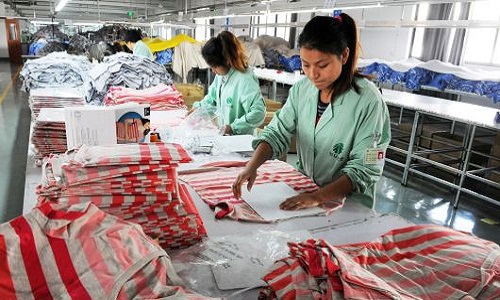 this problem by strategically investing in other countries like Vietnam, Cambodia and some other African countries for the manufacturing needs. This has helped it to provide competitive prices by retaining their share in global market. Technological advances, especially complete automated operations have helped China to increase productivity and lower per capita cost.
this problem by strategically investing in other countries like Vietnam, Cambodia and some other African countries for the manufacturing needs. This has helped it to provide competitive prices by retaining their share in global market. Technological advances, especially complete automated operations have helped China to increase productivity and lower per capita cost.
Unpredictable reactions deter Indian investors
However, Indian textile entrepreneurs are unsure of what strategy to adopt as most often China’s reaction can be quite unpredictable. For instance, a decade ago, China began expanding its business in other areas apart from textile indicating its slow exit from textiles; since the last three to four years, the country has again started procuring huge quantities of yarn from India. This resulted in the country setting up many new yarn exporting spinning companies in India focusing only on China as their export market. These Chinese markets were not concerned with the quality of yarn leading to the supply of inferior quality yarns by their Indian counterparts. Export of inferior yarn from India continued only for about two to three years before China stopped all imports from India. The units, setup for supplying only to China, started suffering the consequences.
Around six years ago, China started exporting fabric at very cheap rates. This impacted a large number of textile corporates in India who were planning to invest in the country. But, of late China has almost stopped exporting fabric to India due to which the Indian weaving industry is growing. Due to China’s constantly changing strategy, India is not able to strengthen its weaving, knitting and finishing processes thereby damaging the entire value chain. Therefore, instead of depending on another countries strategy, India needs to formulate its own strategies to maximise its strengths and overcome its weaknesses.

